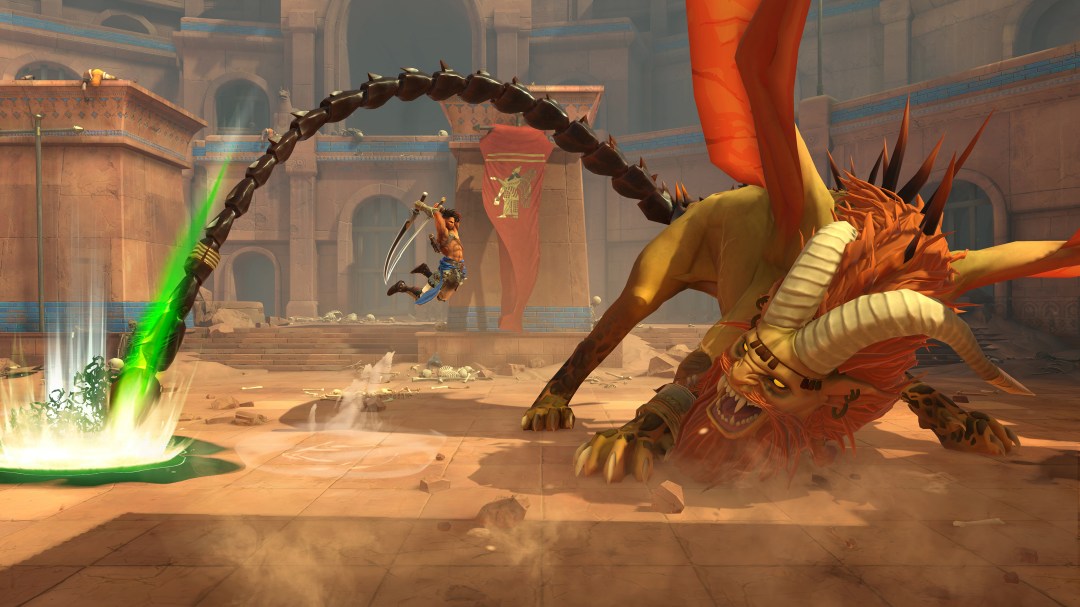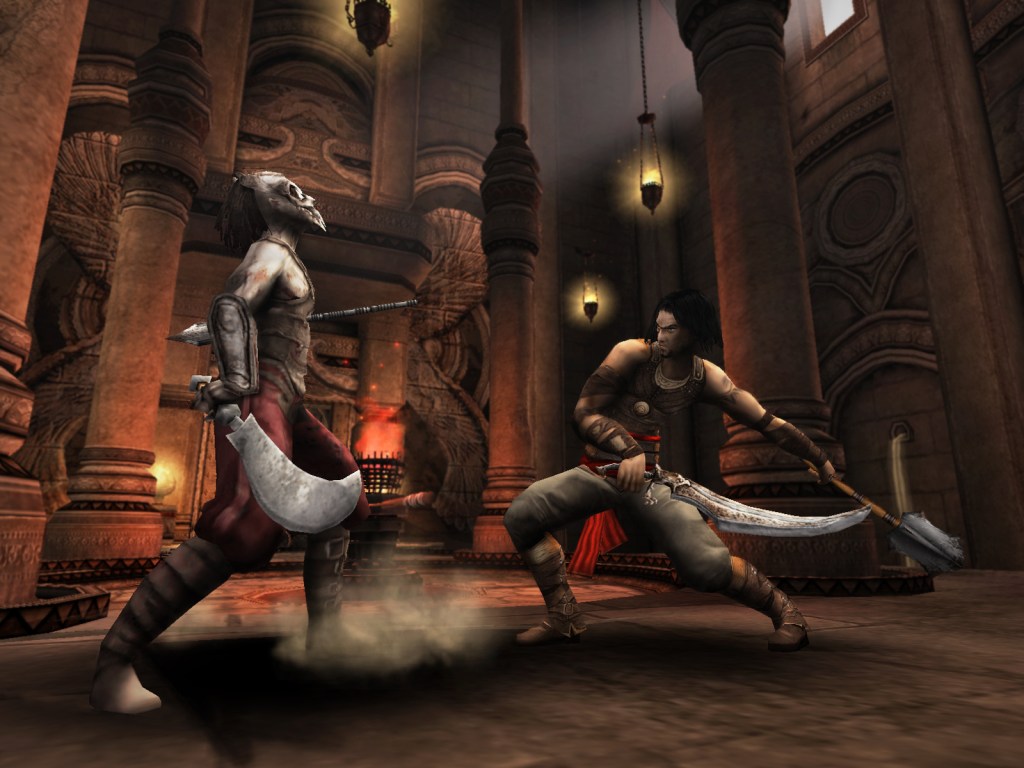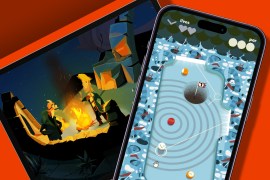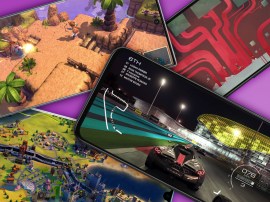Prince of Persia: The Lost Crown: the best Prince adventures across three decades
As Prince of Persia: The Lost Crown launches, we look back at the Prince's past glories.

If you’ve been playing games for any time at all, you’re sure to have heard of Prince of Persia. The series dates back to 1989, when creator Jordan Mechner used innovative coding and animation techniques to get a flowing platformer steeped in the atmosphere of the Arabian Nights.
From there, it has bloomed into a bit of a multimedia franchise, with a big-name Hollywood adaptation starring Jake Gyllenhaal, a line of LEGO sets, and games on everything from the PS2 to the Blackberry phone.
Inspired by Raiders of The Lost Ark and any number of Saturday morning swashbucklers, Prince of Persia games have often been as much about flowing, graceful movement as they are about combat – though there’s certainly plenty of that. The first game’s movement came courtesy of Mechner’s brother, who he filmed doing stunts and acrobatics before tracing over the footage to create the Prince’s trademark traversal, adding extra realism to his leaps, falls and last-ditch grabs onto ledges before plunging into a spiky pit of doom.
The Prince is never named, and indeed it may not be the same desert-based royal who appears in all the games, but his portrayal has changed. In some games, such as Sands of Time, he’s a gentle soul more interested in telling an interesting story to a princess, while in Warrior Within he’s a darker, less even-tempered figure.
As Ubisoft releases the most recent game in the series, Prince of Persia: The Lost Crown, on PC and consoles, here’s a look back at some of the greatest adventures the Prince has taken us on over the years.
Prince of Persia: The Sands of Time
Christmas 2003 was a good time to be a gamer. Ubisoft released Beyond Good & Evil, the cult favourite action adventure game, comic-book shooter XIII, and this Prince of Persia instalment in the run up to the festive season, and happy was the player who got all three in their stocking that year (though they may have been more interested in the original Call of Duty for PC, Knights of the Old Republic or Grand Theft Auto III on Xbox, it was that kind of year). Sands of Time was an exotic-feeling game with bare-chested, sword-wielding cover art that disguised the wall-running and time-rewinding that lay within it.
It’s also an excellent place to start with the series, as this is the game that introduced the time-rewinding mechanic to the series via a magical dagger. It makes excellent use of it, allowing you to back out of falls from great heights or fights that aren’t going your way.
A remake for modern consoles was announced in 2020, but as of the time of writing nothing has appeared.
Prince of Persia
The game that started it all. This cinematic platform game is emblematic of a time when game development hadn’t yet developed the obsession with guns and shouting we see today, and was happy to swashbuckle its way through a huge, trap-filled palace to rescue a kidnapped princess. It was a simpler time, but not a less intelligent one, as the bypassing of various traps and gates, and the appearance of a mirror-image version of yourself that you cannot beat in the usual way, show.
Originally written for the Apple II computer, the game saw ports to computers (Amstrad CPC, MS-DOS), consoles (SNES, PS3 and more) and mobile platforms, and has had a Classic remake. There’s even an unofficial version for the Soviet Electronika BK-0011M computer, if you’ve got one in your attic.
Prince of Persia
With a name like that it’s not at all likely to get confusing, but this is a 2008 game for the PS3-gen consoles that’s entirely separate to the 1989 one apart from the title and main character. Fairly well received, this game stands out now through its art style: it even won an award for its animation at the time. The game brings open-world exploration to the series, but keeps the acrobatic style of traversal and adds an AI companion who will save you from death every time, effectively cutting the concept of ‘lives’ from the game and removing the need for a magic time-rewinding dagger.
Prince of Persia 2: The Shadow and the Flame
Designed but not programmed by series originator Jordan Mechner, this 1993 sequel saw release on fewer platforms (an iOS and Android port was once available, but has been removed from the app stores). Booting up a DOS emulator seems to be the best way to play it these days, and it’s worth it to play this enchanting platformer. The combat is beefed-up over the original game, with enemies able to attack the Prince in groups, and there are larger, more elaborate areas to explore. There’s also a magic carpet ride and a journey on a magical horse, which make things more interesting.
Prince of Persia: The Forgotten Sands
Rather than make a sequel to the 2008 game above, Ubisoft went back to the story and graphical style of The Sands of Time for this one – though it took more from Sands’ inferior sequels, which shows that some publishers never learn. Originally meant to accompany the Sands of Time movie, the game was reworked when the film was delayed, and so we have another game about navigating a palace with acrobatic moves while bashing enemies with your sword. The game introduces extra magic powers, such as the ability to freeze water, restore destroyed parts of the 3D environments and fling fireballs, and there’s an experience system that allows you to upgrade the Prince’s skills.
Forgotten Sands was fairly well received at the time, but today it lives up to its title despite being one of the most recent entries in the series.
Prince of Persia: The Sands of Time: The Movie
Not a movie that troubled the Oscar committee, but a decent watch if you switch your brain off and better than most videogame movie adaptations. Director Mike Newell’s (Four Weddings and a Funeral, Harry Potter and the Goblet of Fire) Prince of Persia movie sees a street urchin promoted to prince in a manner reminiscent of Aladdin. Instead of a genie, however, he has a magic time-travelling dagger and ends up in a race to prevent the end of the world. The fact that Jerry Bruckheimer gets a producer credit tells you immediately what you’re going to get, and the 2010-level CGI of the sandy palace can provide some striking images, but unlike the game it’s based on, you’re unlikely to rewind and watch it again.
Prince of Persia: Warrior Within

After Sands of Time Ubisoft knew it was on to something good, and pushed out this a year later, followed by Prince of Persia: The Two Thrones in 2005. Neither of them could scale the heights of the 2003 game, but Warrior Within comes in for particular criticism due to its portrayal of the Prince as a teenager who’s been asked to tidy his bedroom. The newly emo Prince, who glares from the cover wearing eye makeup while carrying two huge swords, stars in a more combat-focused adventure that even has gory finishing moves.
It didn’t stop people buying and enjoying the game at the time, and its non-linear level design stands up, but 20 years on it looks like a misstep by Ubisoft to abandon the soft-spoken Prince and colourful environments of 2003 in favour of this attempt at a ‘gritty’ reboot – but the company doubled down on the dark Prince in its next PoP game, The Two Thrones, just a year later


